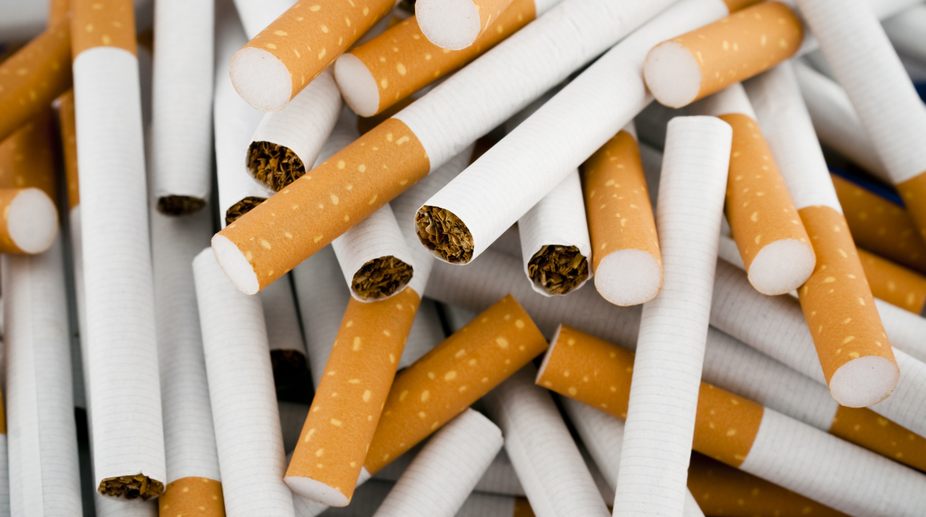Health demands
The government’s schemes with too many restrictions to make them truly inclusive by focusing only on the target groups often become utterly counterproductive.

(PHOTO: Getty Images)
James Bond of yesteryears Pierce Brosnan for once endorsed a scented chewing-tobacco product from India. The Hollywood star falling for the Indian delicacy is enough proof how tempting our products are!
In monetary terms, the tobacco industry’s annual business is more than Rs.10,000 crore and it brings in another Rs. 2,000 crore in foreign exchange to the exchequer.
If there is something called tobacco epidemic, it is here in our country. Nowhere else can one find as wide a variety of tobacco products — we can sniff, chew or smoke!
Advertisement
We have laws against smoking at public places, but they are seldom adhered to. Smokers and tobacco-chewers in India give two hoots to the rules and enjoy their smoke as and when they like. Those who believe only in chewing are responsible for painting the public places “red” across North India.
Not surprising that tobacco industry has always been on a high. Even when the economy goes through a rough patch, tobacco industry keeps flourishing. The government’s hiking the tax in the annual budget every year doesn’t serve as a deterrent. The gory images on the cigarette packets, too, are of little help when it comes to motivating people to kick the butt.
Still there is some good news. The latest national average for tobacco consumption, according to NFHS-4 — 44.5 per cent men and 6.8 per cent women — is lower than 2005-06 figures. Tobacco use has fallen in India — by 12.5 percentage points for men and four percentage points for women — over a decade.
Tobacco consumption in India is the highest in the six northeastern states of Mizoram, Meghalaya, Manipur, Nagaland, Tripura and Assam. On an average, 70 per cent men there use tobacco in some form or the other, as per the data from the National Family Health Survey 2015-16 (NFHS-4).
Of all the tobacco consumption, 48 per cent is in the form of chewing products and smoking accounts for 52 per cent (38 per cent ‘bidis’ and 14 per cent cigarettes).
India is second largest producer and consumer of tobacco with an annual production of 725-million kilos. The country’s ‘bidi’ industry provides employment to thousands of people. Also, the ‘tendu’ leaf (used for making ‘bidis’) farming is the main source of income for millions in rural India. ‘Bidi’ manufacturing is also the biggest cottage industry in India.
In rural parts of some North Indian states, a guest is still offered tobacco in some form as a mark of respect. This can be ‘zarda’ in Uttar Pradesh and Bihar, a ‘hookah’ in Haryana and bidi or cigarette in Himachal. Old habits die hard, they say. What about traditions?
Advertisement